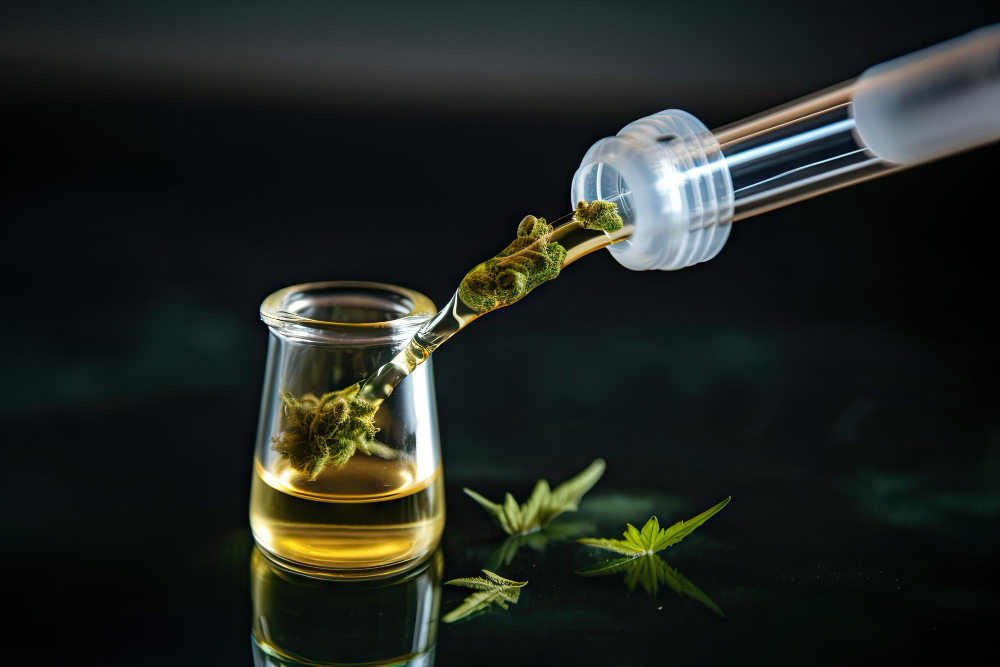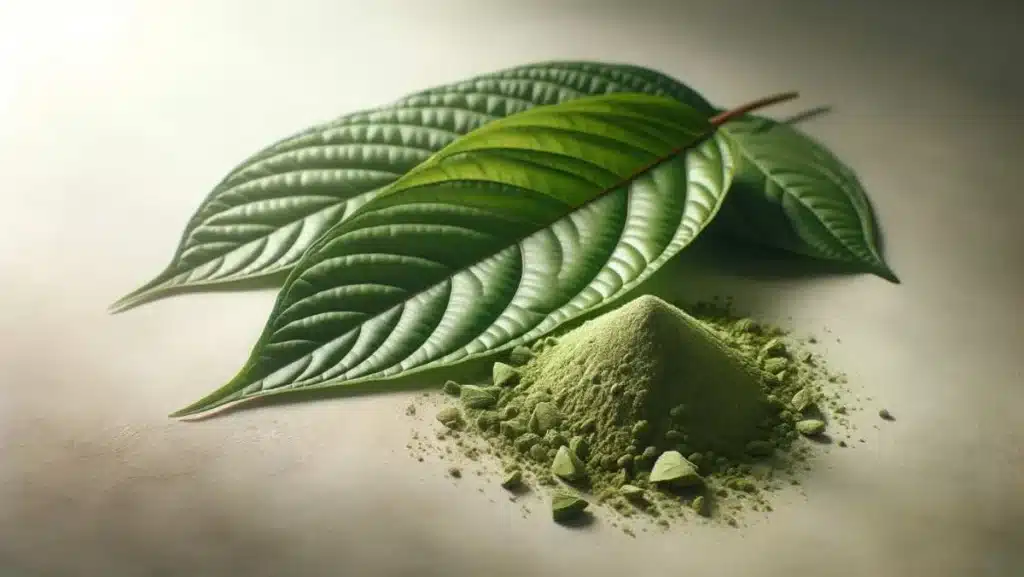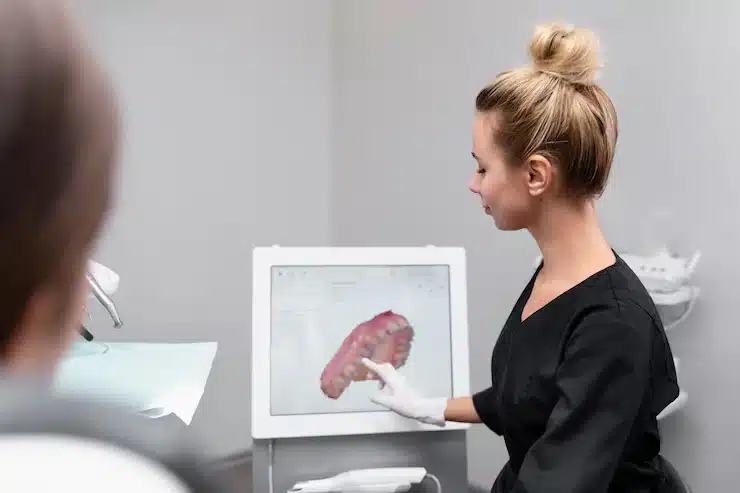The Essential Guide to Cannabis Decarboxylation: Unlocking Potency and Benefits

Introduction
Cannabis decarboxylation is a critical process for anyone looking to unlock the full potential of the plant’s compounds, notably THC and CBD. This process involves applying heat to cannabis plant material to convert non-psychoactive cannabinoid acid into its active counterpart. Understanding how decarboxylation works and how to do it correctly can significantly enhance the effectiveness of cannabis for both medical and recreational use. This guide aims to demystify the process, providing you with simple, straightforward information on how to decarboxylate cannabis at home and the science behind it.
What is Cannabis Decarboxylation?
Cannabis decarboxylation involves removing a carboxyl group from a molecule to release carbon dioxide (CO2). In the context of cannabis, this process converts THCA (Tetrahydrocannabinolic acid) and CBDA (Cannabidiolic acid) into THC (Tetrahydrocannabinol) and CBD (Cannabidiol), respectively. THCA and CBDA are the acidic forms of these cannabinoids, found in the raw cannabis plant, and have their benefits but do not produce the psychoactive effects that THC does.
The necessity for decarboxylation arises from the fact that consuming raw cannabis will not typically result in the psychoactive effects many users seek or the full therapeutic potential of the plant. While THCA and CBDA have health benefits, the conversion to THC and CBD makes the cannabinoids more readily available for the body to use, enhancing their effectiveness for pain relief, anxiety reduction, and other medical benefits.
The Science Behind Decarboxylation
At a molecular level, decarboxylation involves the removal of a carboxyl group from the cannabinoid acids (THCA and CBDA) and releasing carbon dioxide. This transformation requires heat. The precise temperature and time needed for effective decarboxylation can vary, but the process typically occurs at around 220°F (104°C) for about 30 to 40 minutes when using an oven. This heat application causes the cannabinoids to become activated or “decarbed,” making them practical for inhalation or ingestion.
Understanding the science behind decarboxylation is essential for anyone looking to create edibles, tinctures, or other cannabis-infused products. Without this process, the body would not easily convert THCA and CBDA into the more potent THC and CBD, resulting in a less effective product. It’s also crucial for medical cannabis patients who rely on the specific benefits of activated cannabinoids to treat their conditions.
How to Decarboxylate Cannabis?
Decarboxylating cannabis at home is a straightforward process that requires minimal equipment. The most common method involves spreading cannabis evenly on a baking sheet and heating it in an oven at a temperature that activates the cannabinoids without burning the plant material. This method ensures that the cannabinoids are fully activated while preserving the terpenes, contributing to the plant’s aroma, flavour, and therapeutic effects.
To decarboxylate cannabis effectively, it’s essential to monitor the temperature closely. Overheating cannabis can lead to the loss of terpenes and cannabinoids, reducing the effectiveness and quality of the final product. Therefore, using an oven thermometer to ensure accurate temperature control is recommended. Additionally, grinding the cannabis before decarboxylation can help ensure even heat distribution, leading to a more consistent activation of the cannabinoids. For those looking for an alternative method, an electric dab rig can also be used to heat cannabis concentrates efficiently, ensuring precise temperature control for optimal decarboxylation and vaporization.
The Importance of Precision in Decarboxylation
Achieving the right balance of temperature and time is crucial for successful cannabis decarboxylation. Too little heat may result in incomplete activation of the cannabinoids, while too much heat can degrade them, diminishing the potency and quality of the cannabis. Precision in decarboxylation ensures that you maximize the plant’s potential benefits, whether for medicinal or recreational purposes.
For those new to cannabis decarboxylation, starting with small batches and using a reliable thermometer can help in mastering the process. Keeping detailed notes on temperatures and times used in each batch can also aid in achieving consistent results. As you become more familiar with the process, you’ll be able to adjust variables to suit your preferences and the specific requirements of different cannabis strains.
Conclusion
Cannabis decarboxylation is a simple yet essential process for anyone looking to experience the full potency and benefits of THC and CBD. By applying the right amount of heat for the correct duration, you can transform raw cannabis into a powerful ingredient for edibles, tinctures, and other products. Whether you’re a medical patient seeking relief or a recreational user in pursuit of enhanced effects, understanding and applying the principles of decarboxylation can significantly improve your cannabis experience.

How using an SIP Calculator daily helps in micro-investing

Access Any Business Platform Worldwide with iTop VPN

How Altify's Enablement Solutions Help Sales Teams Close Deals Faster

AI in Marketing Is No Longer a Buzzword — It’s the Strategy

Srinivasa Rao Challa Champions AI-Powered Financial Systems for a Smarter, Safer Economy

How to Choose the Best Dermatologist in Ranchi for Your Skin Concerns

Revitalize Your Routine with Red Maeng Da Kratom: Nature’s Balance of Energy and Calm

Digital Workflows: How Tech Reduces Chair Time for Implants








